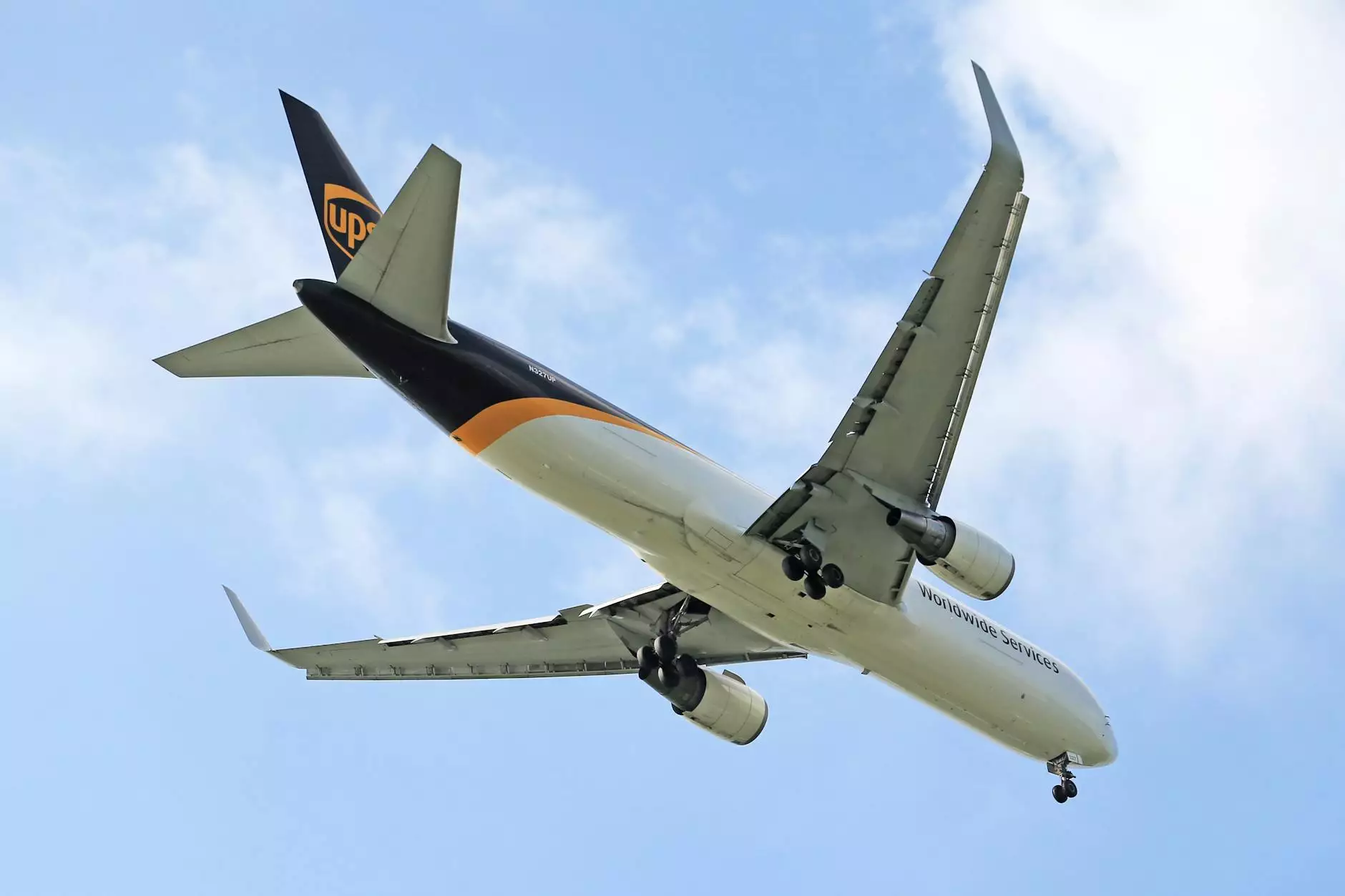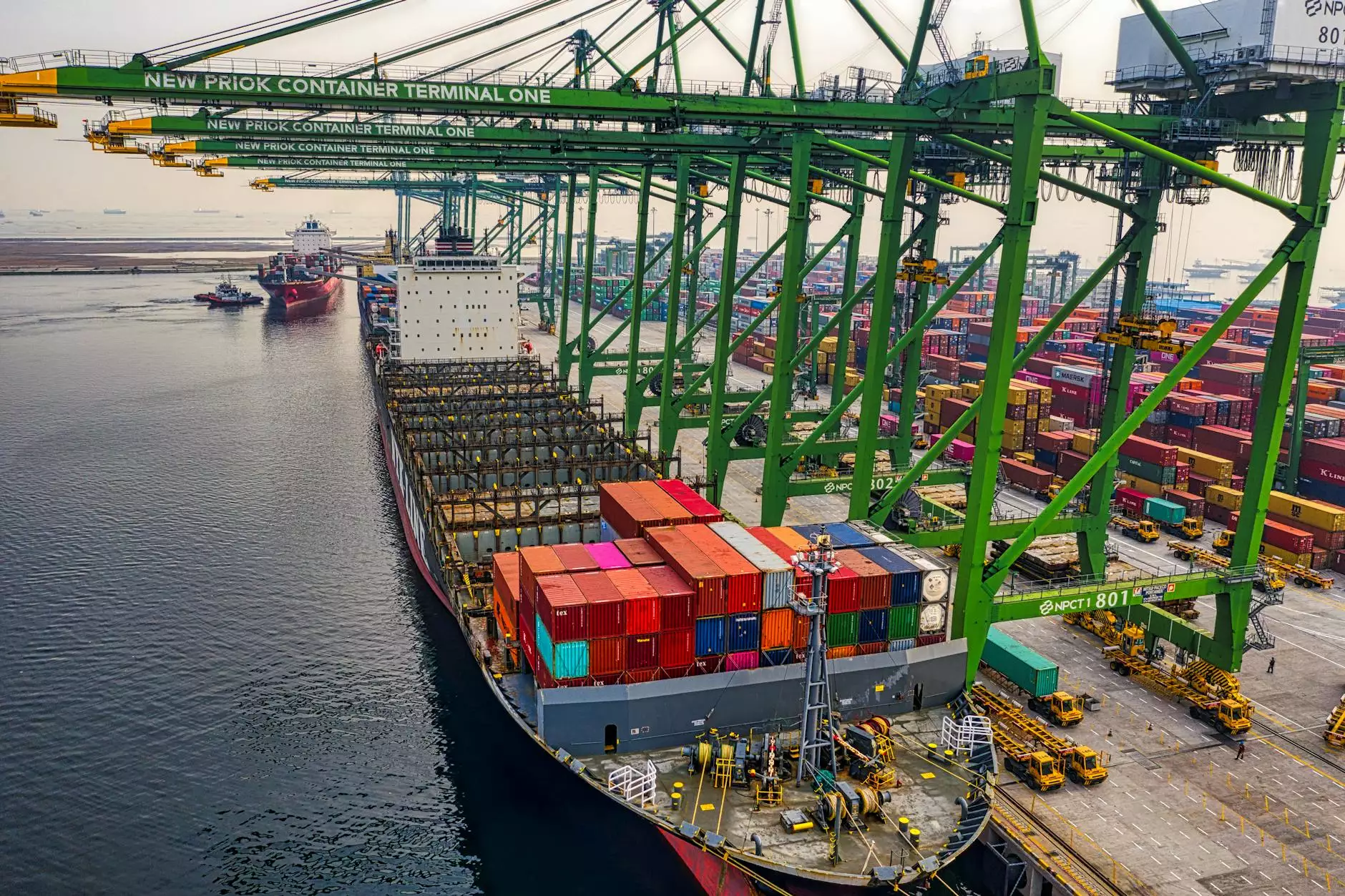Understanding Air Cargo Costs: A Comprehensive Guide

Air cargo costs play a crucial role in global trade, influencing how businesses manage their supply chains. As the demand for faster shipping increases in today's digital age, understanding the intricacies of air cargo expenses can help businesses streamline operations and optimize logistics.
The Importance of Air Cargo in Modern Logistics
Air cargo transportation has transformed the way goods are shipped around the world. Here are some key points that highlight its significance:
- Speed: Air freight is the fastest mode of transport, significantly reducing delivery times.
- Global Reach: Air cargo services connect remote areas with major consumer markets, facilitating international trade.
- Reliability: Air transport is generally less affected by delays compared to sea freight, ensuring timely deliveries.
What Are Air Cargo Costs?
Air cargo costs encompass the expenses associated with transporting goods by air. These costs can vary significantly based on various factors, including but not limited to:
1. Weight and Size of the Shipment
The weight and dimensions of a shipment heavily influence air cargo rates. Carriers often charge based on the greater of the actual weight or dimensional weight. Dimensional weight is calculated using the formula: (Length x Width x Height) / Dimensional Factor. Understanding how this calculation works can help businesses manage and minimize costs.
2. Type of Goods Being Shipped
Different types of goods also lead to varying air cargo costs. For instance:
- Perishable items require special handling and refrigeration, often resulting in higher fees.
- Dangerous goods necessitate specific packaging and handling protocols, leading to additional charges.
- Conventionally packed items are generally less expensive to ship.
3. Shipping Distance
The distance from the origin to the destination also affects the overall air cargo costs. Longer shipping routes may incur higher charges due to fuel costs and longer handling times.
4. Service Level and Speed
Airlines provide different levels of service, which can impact costs. Expedited shipping options tend to be more expensive. It's essential to choose the most suitable service level that balances cost and time efficiency.
Breakdown of Air Cargo Costs
To understand air cargo expenses better, let's break down the primary components involved:
1. Base Rates
The base rate is the core charge for transporting goods. This is typically calculated by weight and can be influenced by seasonal demand fluctuations.
2. Additional Fees
Numerous fees may apply, such as:
- Fuel Surcharge: Adjusted based on current fuel prices. Volatile prices can significantly influence overall costs.
- Security Fees: Charged by airlines for enhanced security measures.
- Handling Fees: Costs for loading and unloading cargo that vary by airport or shipping center.
3. Customs Duties and Taxes
Shipping internationally entails various customs duties and taxes, which must be accounted for in any cost analysis. Businesses need to be well-versed in the customs policies of both the origin and destination countries to avoid unexpected expenses.
Factors Affecting Air Cargo Rates
Many external and internal factors impact air cargo rates, making it essential to stay informed:
1. Market Demand
The demand for air transportation directly influences air cargo costs. During peak seasons, rates generally increase as carriers struggle to meet heightened demand.
2. Economic Conditions
Global economic fluctuations play a significant role. In times of economic expansion, the demand for air freight surges, pushing prices upward. Conversely, during recessions, prices may stabilize, offering opportunities for cost reduction.
3. Geopolitical Factors
Political instability, trade agreements, and international relations can also affect air cargo expenses. Changes in tariffs or restrictions on certain items can lead to increased costs.
How to Optimize Air Cargo Costs
With keen insight, businesses can work to optimize their air cargo costs:
1. Compare Rates
Regularly comparing rates from various carriers can uncover significant savings. Use platforms like cargobooking.aero to access real-time pricing data.
2. Build Strong Relationships with Carriers
Establishing strong relationships with air freight carriers can lead to better rates and more personalized service.
3. Use Technology
Leveraging technology for logistics management can streamline operations and identify cost-saving opportunities. Consider utilizing transport management systems (TMS) and analytical software.
4. Plan Shipments Early
By planning shipments well in advance, businesses can take advantage of lower rates and better availability.
The Future of Air Cargo Costs
As e-commerce continues to expand, the air cargo industry is poised for growth. Innovations such as drones and automated freight solutions are set to disrupt traditional models, potentially affecting future air cargo costs.
Conclusion
In conclusion, understanding air cargo costs involves a multifaceted approach, considering factors such as weight, cargo type, distance, service levels, and the broader economic landscape. By optimizing logistics and utilizing modern technologies, businesses can effectively manage these costs and enhance their overall supply chain efficiency. It is essential to continuously monitor market trends and carrier relationships to stay ahead in this dynamic industry.
For those interested in exploring air cargo services and the associated costs further, visit cargobooking.aero for comprehensive solutions tailored to your organization's needs.









